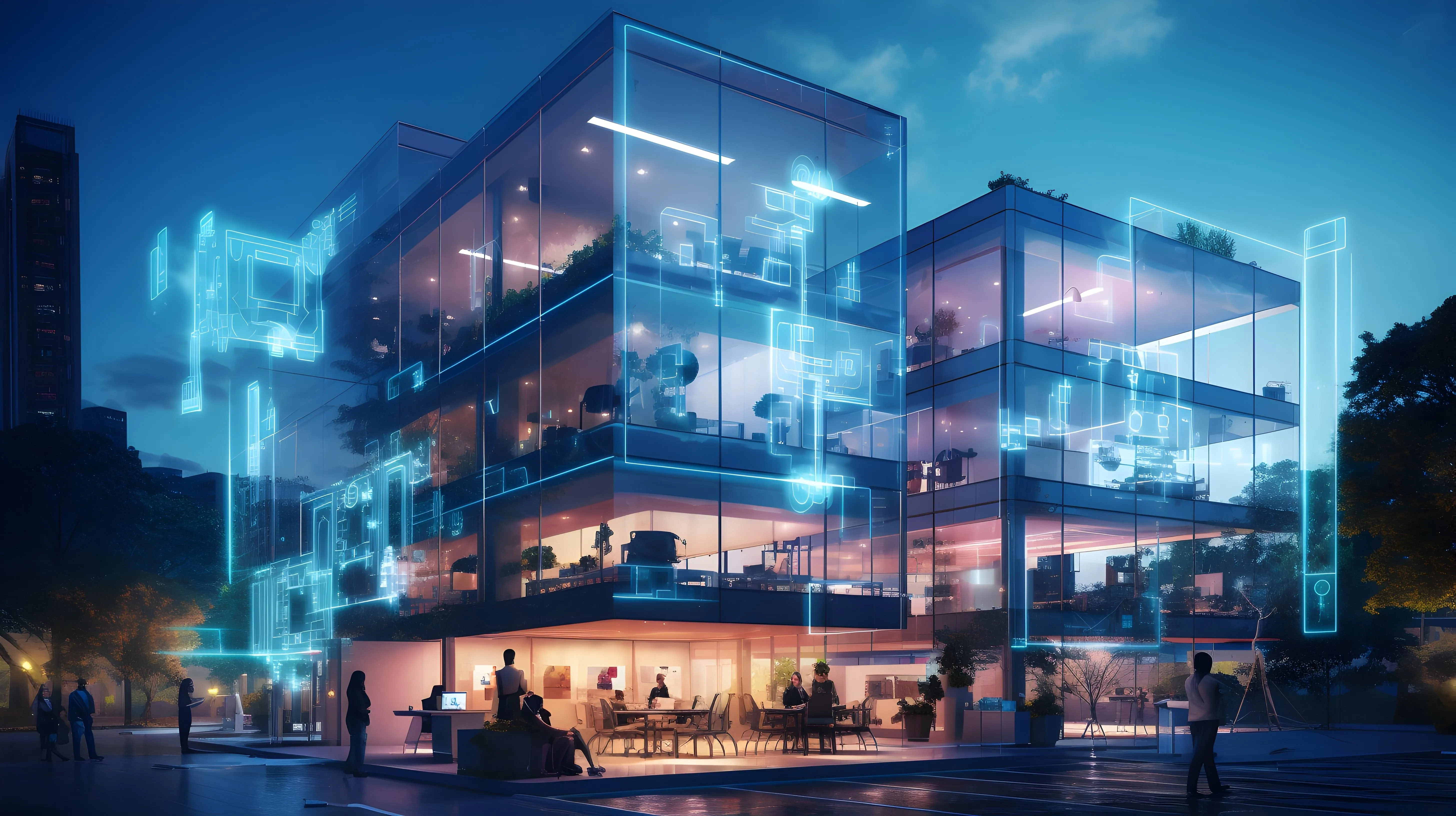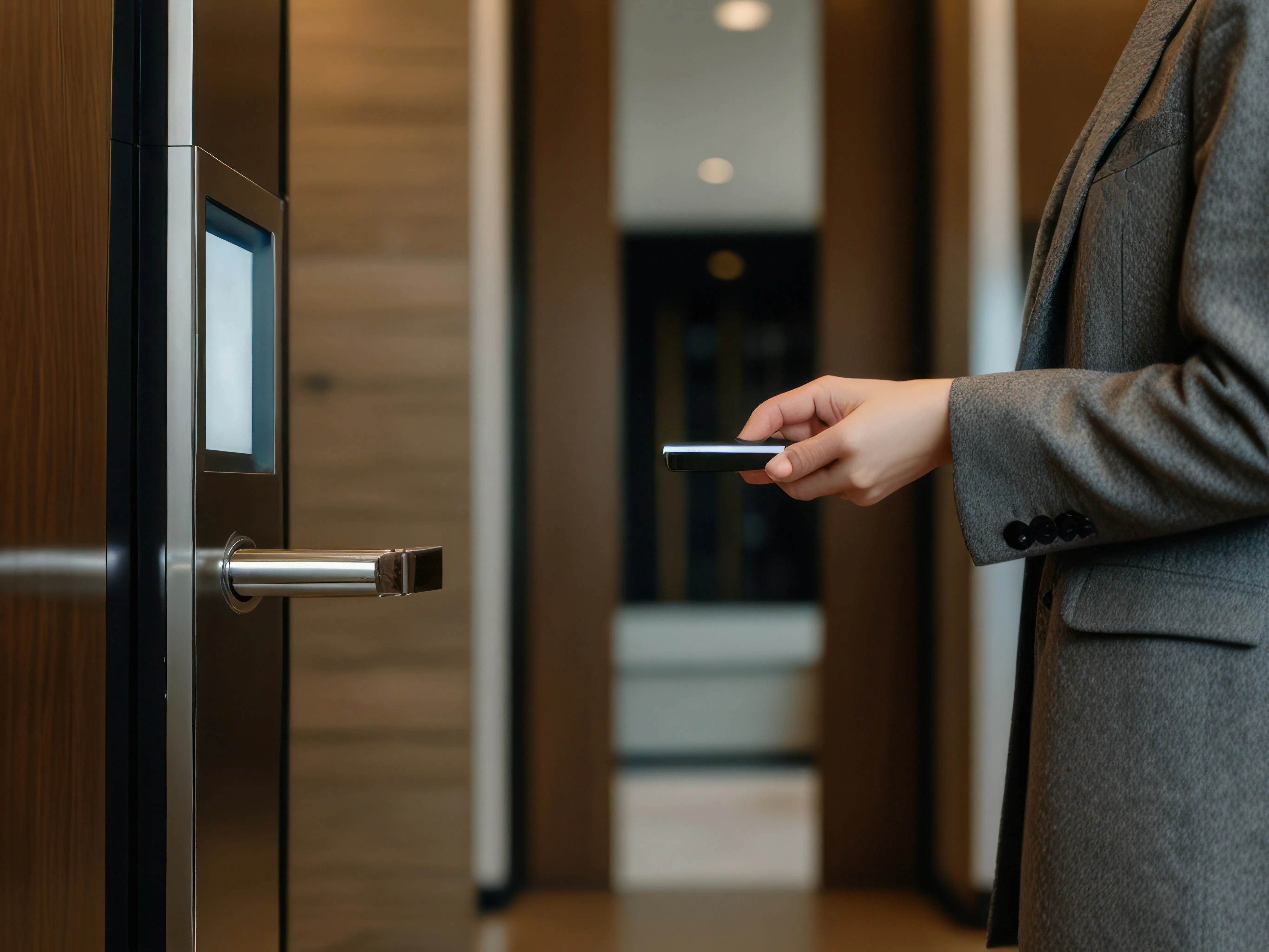Leveraging Smart Technology to Optimize Office Efficiency

Smart technology maximizes efficiency and organization. It's a practical solution for evolving office environments. Thanks to IoT devices and automation systems, it helps workspaces carry out their daily activities more easily. This results in improved productivity and fewer wasted resources. Integrating automated systems in office management transforms traditional operations. That's why the smart office market is projected to grow to USD$93.44 billion by 2030. But how does smart technology specifically optimize office efficiency? That's what you'll discover here. So, read on!
Optimizing Communication Channels
Effective communication is essential in any workplace. In fact, almost 50% of workers report that ineffective communication affects their productivity.
Smart communication tools can help improve communication speed and clarity. Streamlined and accessible messages are their biggest perk. You no longer have to spend much time searching through traditional communication channels.
Example: Teams use chat platforms. No need to sift through old conversations with their smart search and teams can stay updated on deadlines with automated reminders. Interruptions are minimized as well. That fosters a more productive communication flow.
Smart Storage Cabinets for Office Organization
One of the more innovative applications of smart technology in offices is the use of smart office storage cabinets. This furniture is connected through IoT, offering practical benefits that streamline access, secure essential items, and optimize office space.
-
Improved Space Management: The best storage cabinets for offices categorize and store items in a highly organized manner. They're designed to optimize available room. For modern offices with limited physical space, efficient space use is critical, right? Many systems even provide digital inventory management, notifying teams when supplies are low, reducing clutter, and preventing overstocking.
-
Quick Access: Equipped with RFID or biometric authentication, smart office storage cabinets allow only authorized employees to retrieve items, enhancing both speed and security. It saves time when searching for available supplies or documents and other job requirements within a busy office scenario.
- Secure Storage: What smart storage cabinets do is provide an audit trail. It means that you'll know who accessed specific items and when they were accessed. These logs offer enhanced security. This level of control helps offices maintain secure storage without additional oversight.
Can you maintain an office that's clean and organized? Yes! And smart storage cabinets can help.
Smart Environmental Controls
Smart environmental controls, like IoT-enabled lighting and HVAC systems, contribute to cost savings and comfort by adjusting based on occupancy or time of day. For instance, ENERGY STAR smart thermostats bring an annual average savings of 8% or USD$50. This not only enhances energy efficiency but also creates a comfortable working environment conducive to productivity.
Example: Based on occupancy, the lighting and climate of an office adjusts. That's the power of smart thermostats. When areas of the office are empty, lighting and climate controls automatically reduce energy usage, lowering operational costs and ensuring that energy is used efficiently.
Streamlined Task Management
Task management platforms integrated with AI support organize workflows by automatically prioritizing tasks and aligning assignments with team availability. With a balanced workload, project timelines are followed to a T. Plus employee burnout is nowhere in sight.
Example: You've got this AI-driven task management software that allocates work. The goal? Get rid of overloads and beat deadlines. Imagine a project team that relies on such a platform. Distributing tasks based on members' schedules and skills becomes possible.
Access Control

Smart access control systems safeguard office security and sensitive information by regulating entry and monitoring activity. They use IoT to provide secure access via digital credentials. No need for physical keys or security personnel!
Example: Imagine you can create a detailed log of who enters and exits a restricted area. That's possible with biometric access control. Only those who are authorized can get in.
Performance Tracking Via Data Analytics
Smart technology is also about real-time data tracking. This means managers get to analyze productivity metrics and identify bottlenecks in workflows. IoT devices collect data on task completion times, team efficiency, and resource use. They basically provide actionable insights to drive continuous improvement.
Example: Maybe there are delayed tasks that need to be expedited? Or maybe you have high-performing teams that need additional assistance to improve further. Wouldn't real-time data analytics allow you to keep projects on course by making some data-informed adjustments? That's what a dashboard that visually represents project progress can do for you!
Wrapping It Up
Why is integrating smart technology into your office design a good idea? Firstly, it improves organization. Secondly, it enhances security. It even makes energy management better. It's what will allow your business to reign supreme in today's highly digitized business landscape. That's all thanks to a more streamlined office environment where productivity is a staple.